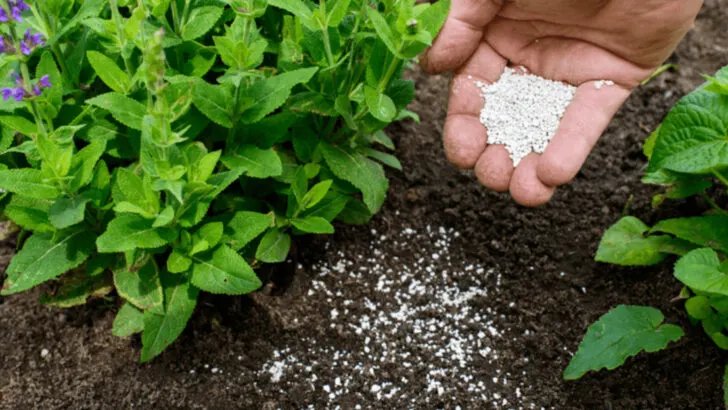You water them, you feed them, you even talk to them—but somehow, your plants still look sad, droopy, or just plain dead. Sound familiar? The truth is, even the most well-meaning gardeners often make tiny mistakes that slowly ruin their plants without realizing it. From overwatering to planting in the wrong spot, these common gardening habits might seem harmless on the surface, but behind the scenes, they’re creating the perfect storm for your greenery to fail.
What’s tricky is that many of these mistakes are things we were actually told to do. Yes, that perfectly raked mulch ring or that daily misting routine might actually be doing more harm than good. And while your garden might be surviving, it’s not exactly thriving—and that’s where these tips come in. Whether you’re a beginner with a few potted herbs or a seasoned plant whisperer with raised beds galore, there’s a good chance you’re accidentally falling into at least one of these plant-killing traps.
In this list, we’ll break down the 18 most common gardening mistakes, explain why they’re hurting your plants, and show you exactly how to fix them. Some are easy to correct in five minutes; others might change the way you garden forever. Either way, your plants will thank you—with lush leaves, strong roots, and maybe even a bloom or two you thought was impossible.
Overwatering
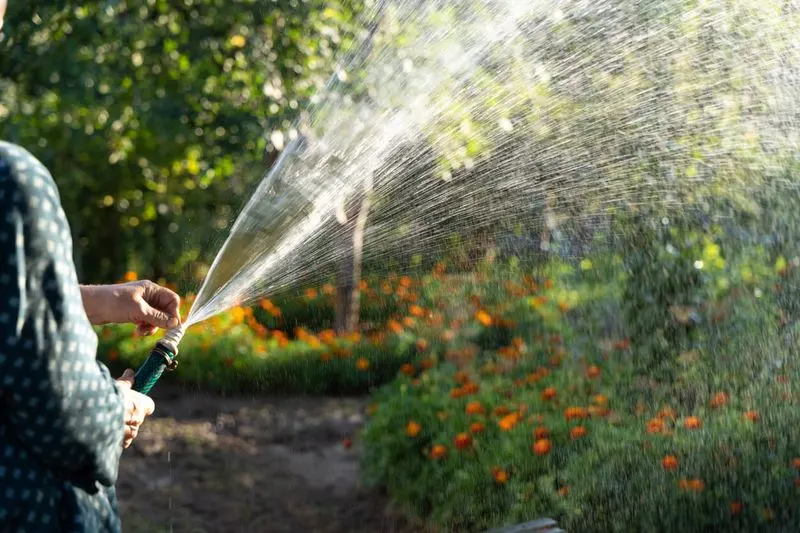
Too much love can drown your plants. Overwatering is one of the most common mistakes in gardening, leading to root rot and plant stress. When soil is constantly wet, roots can’t access the oxygen they need to thrive.
Consider the plant’s natural environment; a cactus doesn’t need the same amount of water as a fern. Adjust your watering schedule according to the plant type and season.
Check the soil’s moisture level before watering by sticking a finger an inch into the soil. If it’s still damp, hold off watering for a day or two.
Underwatering
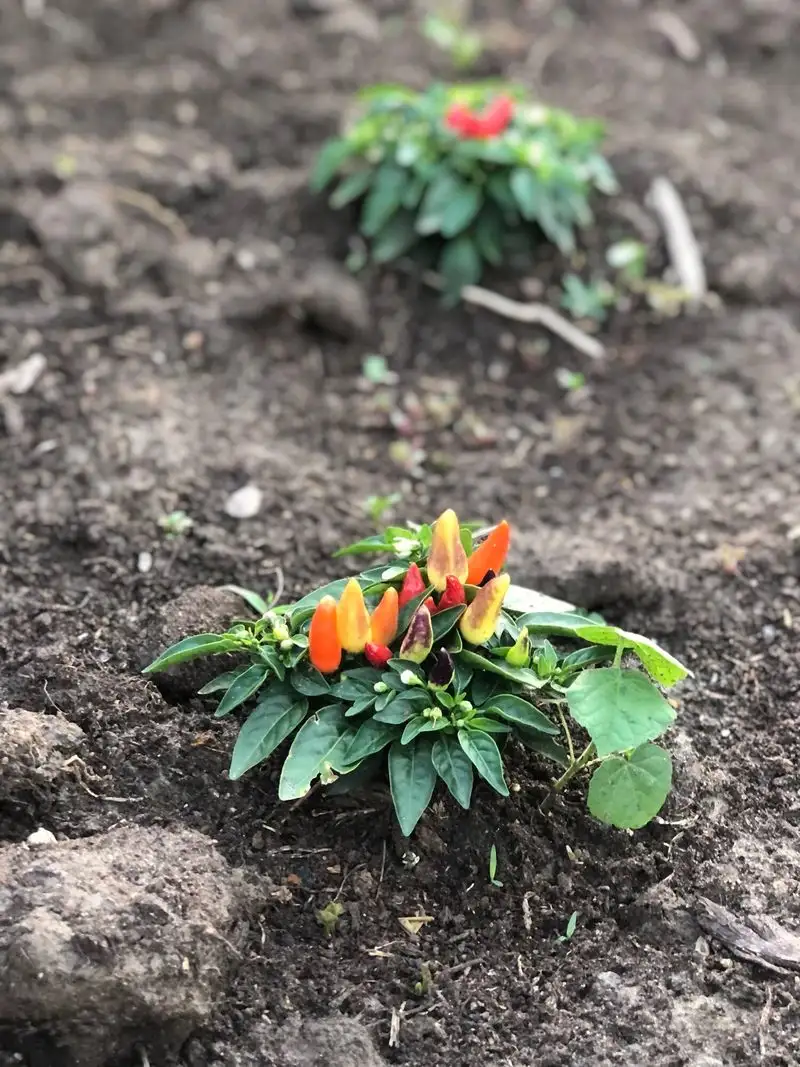
Neglecting your plant’s thirst can lead to its demise. Underwatering is often recognized by dry, brittle leaves and stunted growth.
Different plants have varying water needs, so research each type’s requirements. A common rule is to water when the top inch of soil is dry.
Using a watering can with a narrow spout can help direct water to the plant’s base, ensuring moisture reaches the roots effectively. This simple habit can make a big difference in your plant’s health.
Improper Lighting
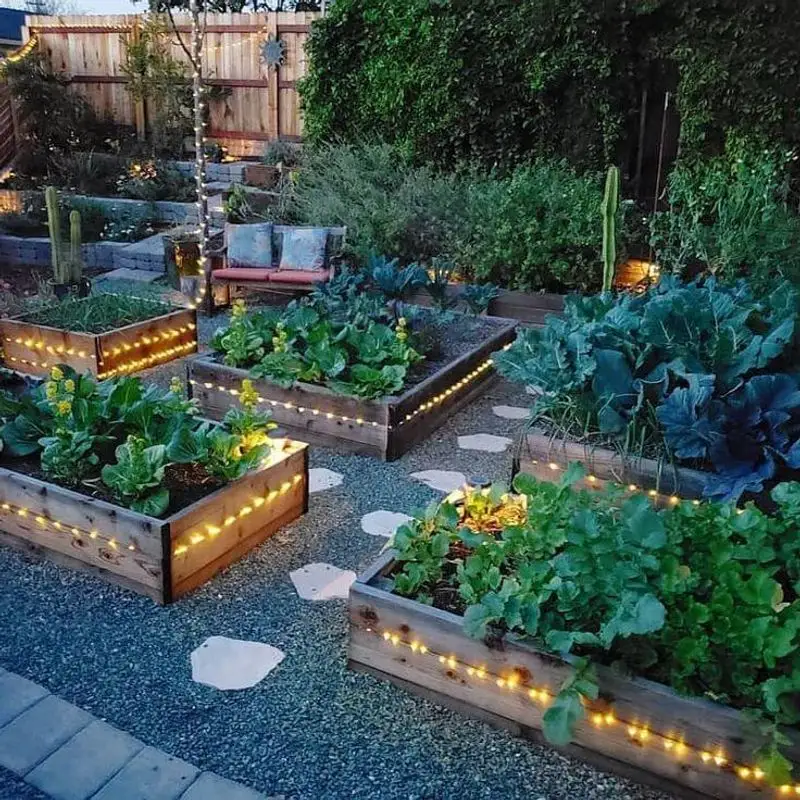
Plants are choosy about their light. Insufficient or excessive sunlight can affect their growth and health.
Some plants love basking in full sun, while others thrive in shaded corners. Research each plant’s preference to position them correctly.
If natural light is scarce, consider using grow lights to supplement. Adjust lighting based on seasonal changes to keep your plants happy year-round. A well-lit plant is a thriving plant.
Wrong Pot Size
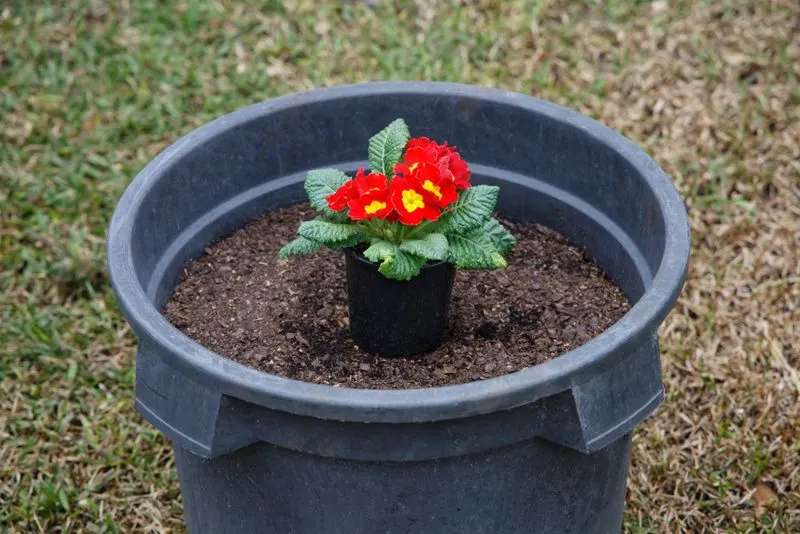
Choosing the right pot size is crucial for plant growth. Too large and the plant may suffer from overwatering; too small and its roots can become bound, stunting growth.
Consider the plant’s growth potential and root structure when selecting a pot. Moving to a slightly larger pot as the plant grows can prevent issues.
Ensure pots have drainage holes to avoid waterlogging. Proper pot size allows roots to spread and absorb nutrients effectively.
Ignoring Soil Requirements
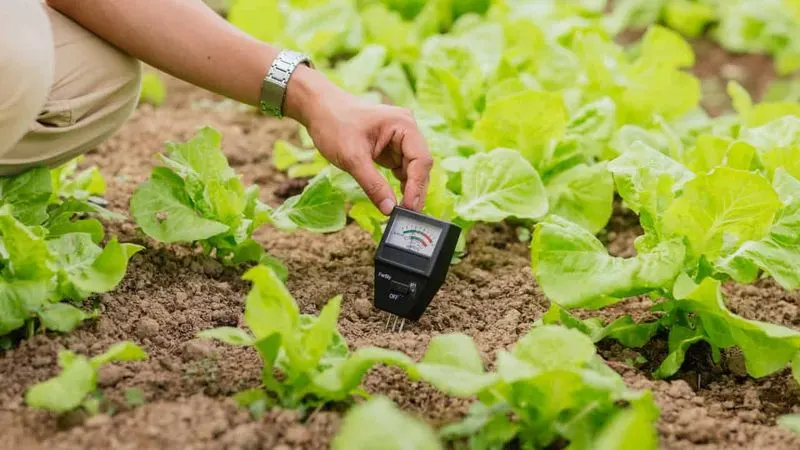
Plants aren’t all the same when it comes to soil. Using the wrong type can hinder their development and nutrition intake.
Research the specific soil needs of each plant. Some thrive in sandy soils, while others prefer more organic matter.
Amending soil with compost or perlite can improve drainage and aeration. A tailored soil mix can support robust growth and healthier plants.
Poor Pruning Practices
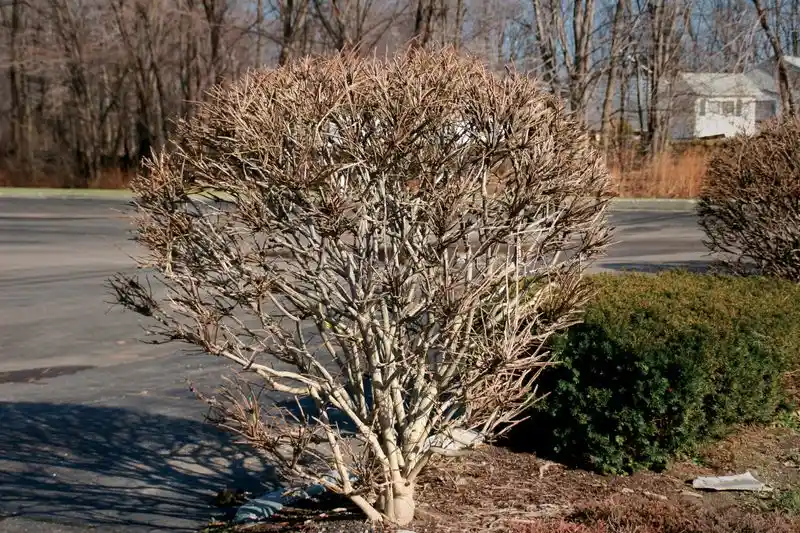
Pruning helps shape plants and encourage new growth, but poor techniques can damage them.
Over-pruning or cutting at the wrong time can stress plants and lead to fewer blooms or fruits. Always use clean, sharp tools to make precise cuts.
Research the best time and method for each species. For many plants, late winter or early spring is ideal for pruning, but this varies.
Neglecting Pest Control
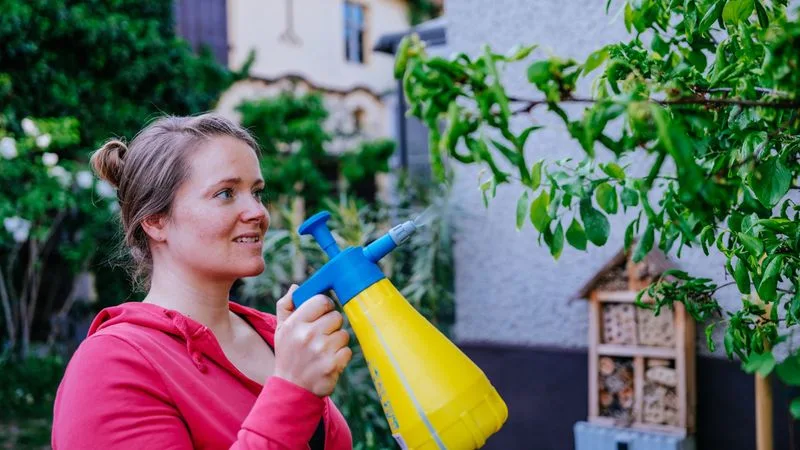
Pests can wreak havoc on your garden, unnoticed until visible damage occurs. Regular inspection is key to early detection.
Encourage natural predators or introduce beneficial insects like ladybugs. Use organic pesticides as a last resort to protect pollinators.
Rotate crops and maintain cleanliness to prevent infestations. A vigilant approach keeps pests at bay, ensuring healthy plants.
Over-fertilizing
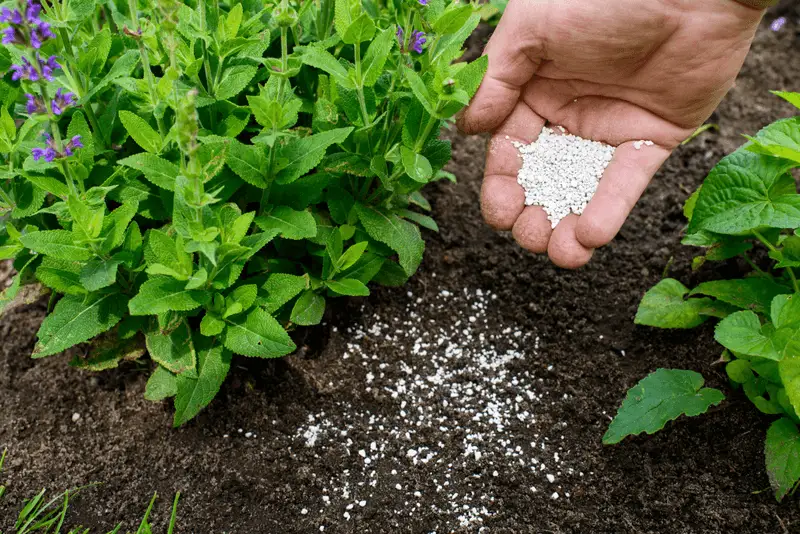
Fertilizer can boost growth, but excess use harms plants. Over-fertilizing leads to salt build-up, burning roots and foliage.
Follow package instructions, and consider the plant’s specific needs. Less is often more when it comes to fertilization.
Using organic fertilizers can reduce the risk of over-fertilization. Regular soil tests can guide proper nutrient application.
Ignoring Companion Planting
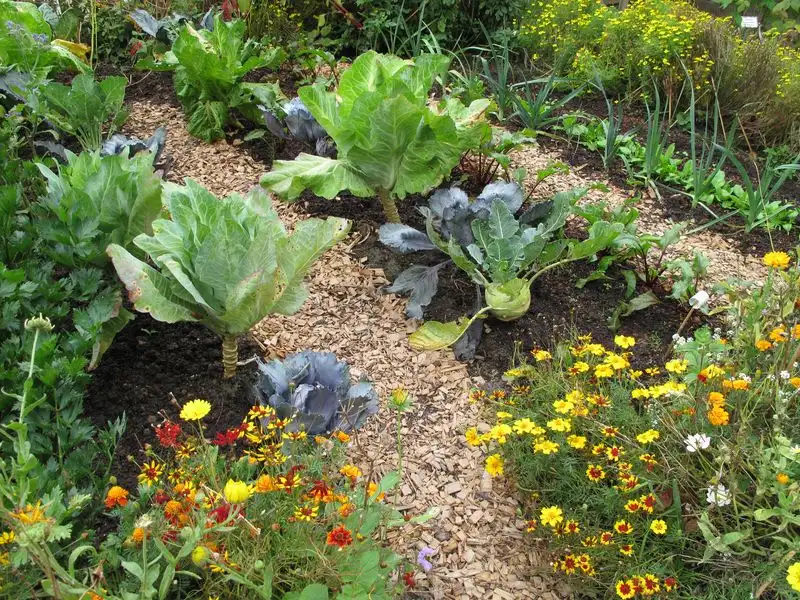
Companion planting is an age-old practice that benefits plant health and yields. Ignoring it can lead to lost opportunities.
Certain plants, like tomatoes and basil, thrive when grown together, enhancing flavor and deterring pests.
Research compatible plant pairings to optimize your garden’s productivity. This strategic planting encourages a balanced ecosystem.
Improper Air Circulation
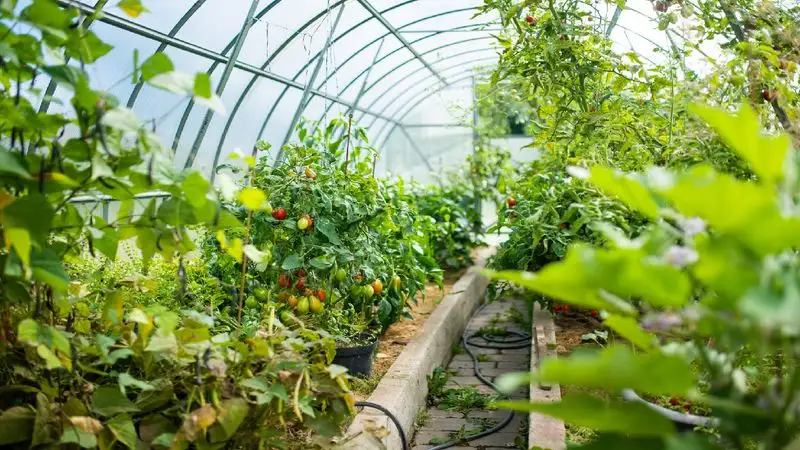
Stagnant air can foster diseases and pests. Adequate air circulation is crucial for plant health.
Space plants appropriately to allow airflow and prevent overcrowding. Use fans in greenhouses to keep air moving.
Prune plants to remove excess foliage, reducing humidity levels. Healthy air circulation leads to robust and resilient plants.
Using Contaminated Tools
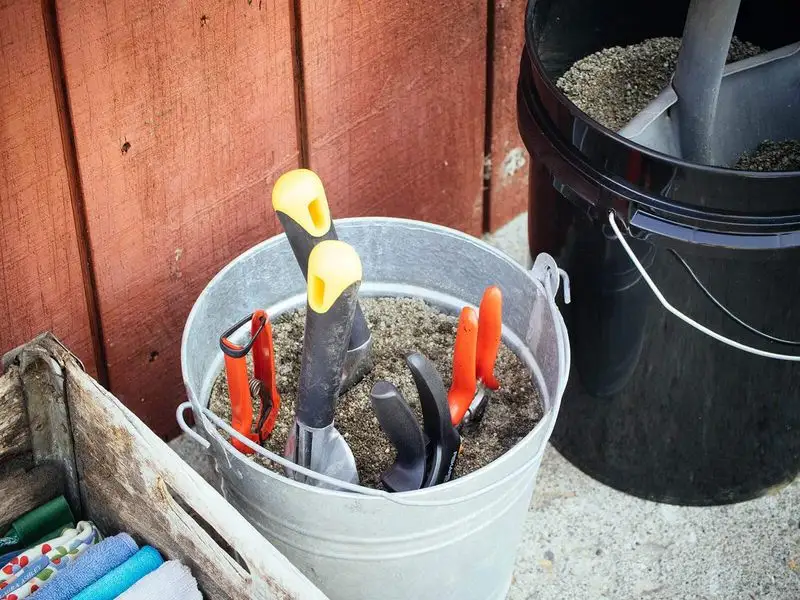
Your tools can spread disease if not properly sanitized. Contaminated tools introduce pathogens to plants, leading to infections.
After each use, clean tools with a disinfectant to kill harmful microbes. This practice safeguards against cross-contamination.
Invest in quality tools and store them properly to prolong their lifespan and effectiveness. Healthy tools contribute to healthy plants.
Ignoring Seasonal Changes
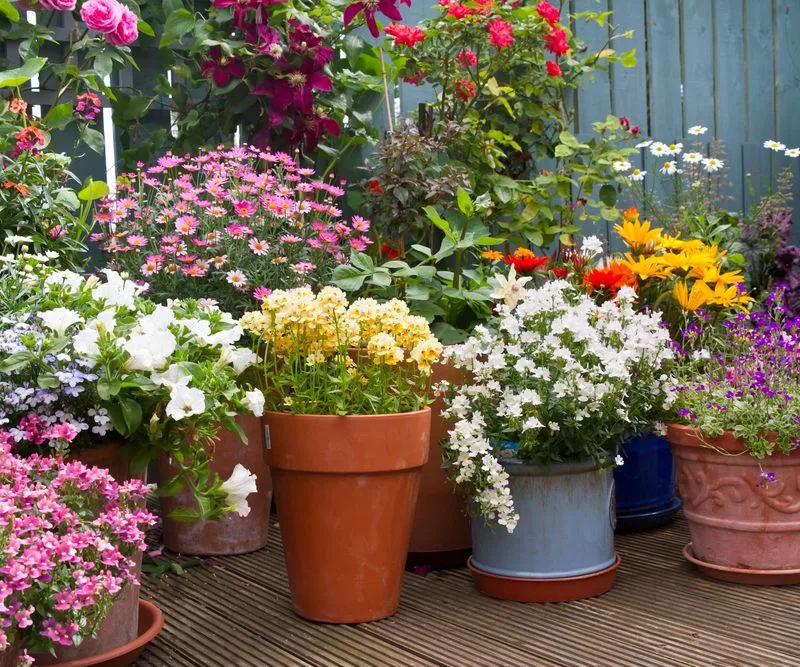
Gardening is a year-round activity that requires adaptation to seasonal changes. Ignoring these can stress plants.
Adjust watering, feeding, and pruning schedules according to the season. Protect sensitive plants from frost or intense heat with covers or mulch.
Keep track of planting seasons for optimal growth and yields. Staying attuned to nature’s cycles ensures garden success.
Crowded Planting
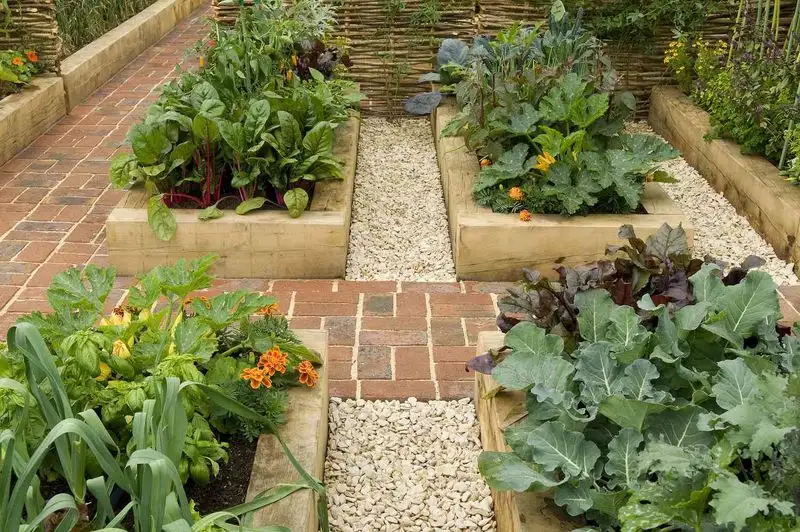
Overcrowding hampers growth by limiting access to sunlight, air, and nutrients. Plan plant spacing according to each species’ mature size.
Crowded conditions encourage competition for resources, leading to weaker plants. Allow room for growth to maximize health and blooms.
Thinning seedlings and careful planning during planting phase prevent overcrowding.
Not Mulching Properly
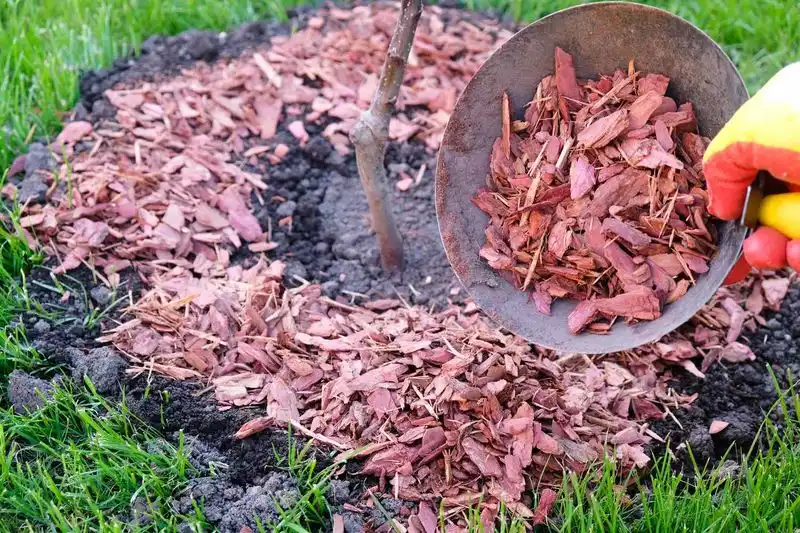
Mulch offers numerous benefits, but improper application can negate them. It conserves moisture, suppresses weeds, and regulates soil temperature.
Apply a 2-3 inch layer, keeping it away from the plant’s stem to prevent rot. Mulching too thickly or improperly can harm plants.
Organic mulches like straw or wood chips decompose, enriching the soil over time. Proper mulching enhances plant vitality.
Planting Non-Native Species
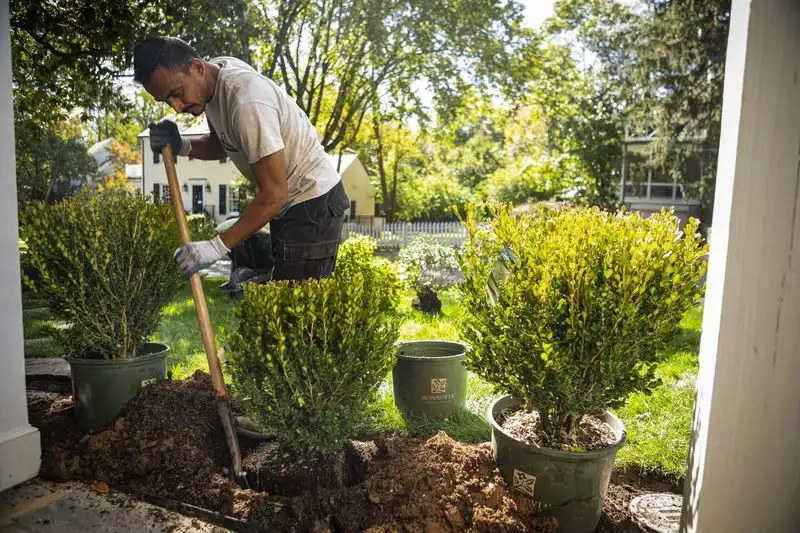
Non-native species can disrupt local ecosystems and struggle to thrive. They often require more resources and care.
Research native plants that suit your area’s climate and soil. Native plants are adapted to local conditions, promoting biodiversity.
Selecting native species supports local wildlife and reduces maintenance needs. A garden in harmony with its environment flourishes.
Ignoring Plant Labels
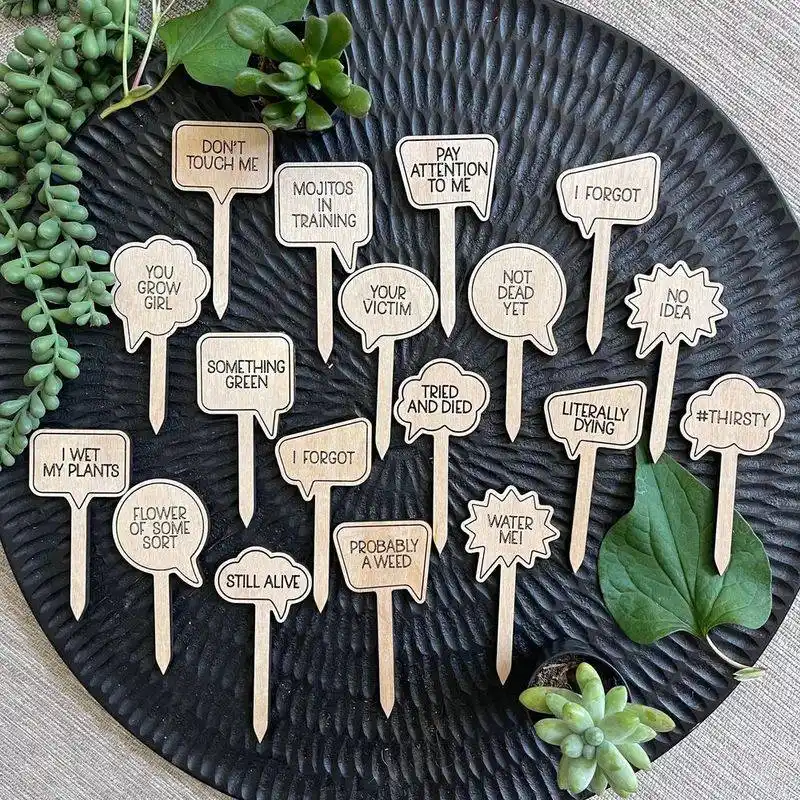
Those little labels on plants contain vital information often overlooked. Ignoring them can lead to improper care and plant stress.
Labels provide insights into sunlight, water, and soil preferences. Follow these guidelines to give plants the best start.
Use labels as a learning tool to understand each plant’s unique needs. An informed gardener nurtures a thriving garden.
Improper Transplanting
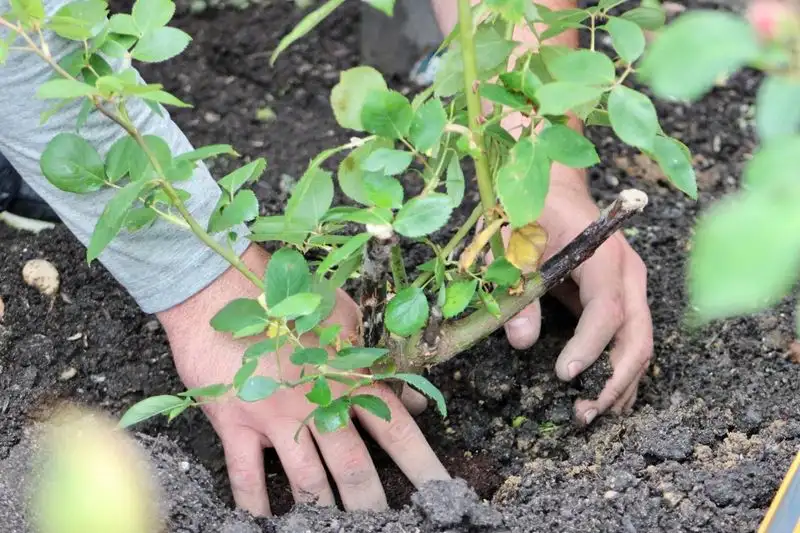
Transplanting can stress plants if done improperly. Timing and technique are crucial for success.
Transplant during cooler parts of the day and water the plant beforehand to ease transition. Handle roots gently to avoid damage.
Soak the root ball before planting in its new location. Proper transplanting minimizes stress and promotes healthy establishment.
Neglecting pH Levels
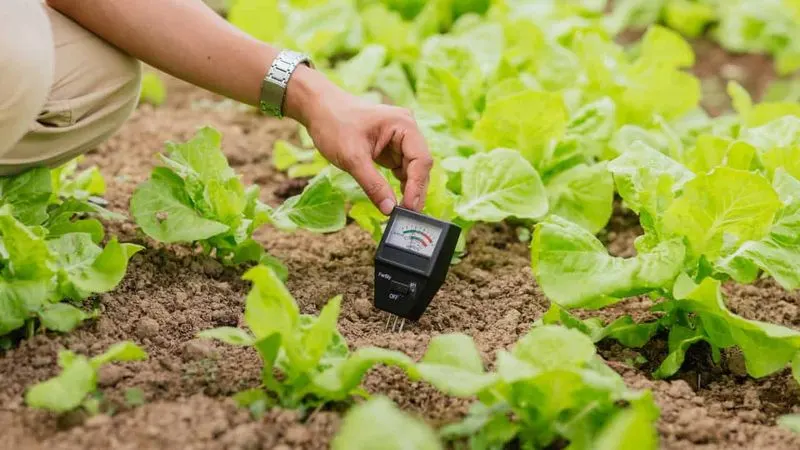
Soil pH affects nutrient availability. Ignoring it can lead to poor plant health.
Test soil pH regularly and amend it according to plant needs. Some plants prefer acidic conditions, while others thrive in alkaline environments.
Adjusting pH ensures optimal nutrient uptake, supporting vibrant growth. Knowledgeable pH management is key to a successful garden.

